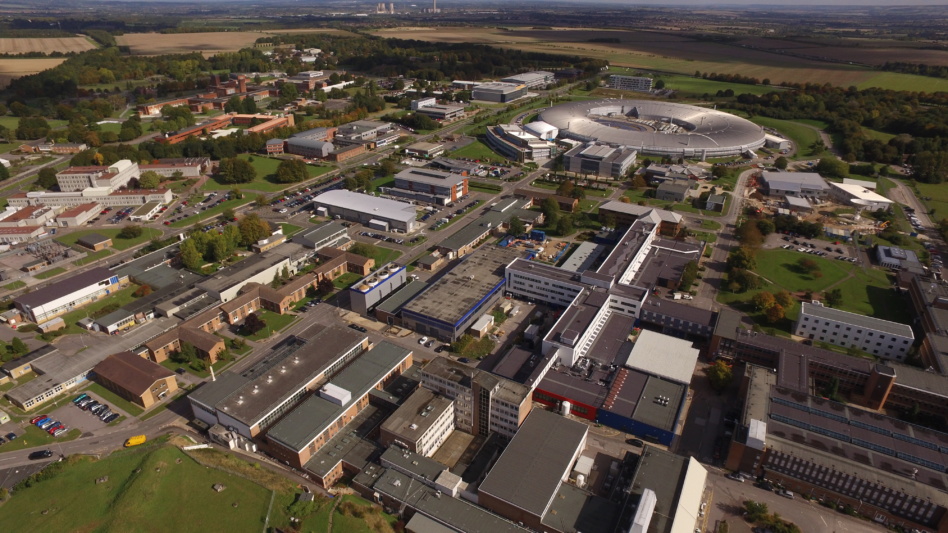When the UK Space Agency announced in August that it would be folding into the UK government’s Department of Science, Innovation, and Technology (DSIT), industry had a lot of questions about what the move would mean for the agency and the broader UK space program.
While the reorganization won’t be finalized until April, this week we got our first indication of what the UK space industry can expect—at least, from a financial perspective.
Show me the money: DSIT shared its five-year expectations for its R&D budget.
- The UKSA was allocated a budget of £618M (€702.7M) 2024/2025;
- That’s set to go up: Agency financing starts at £668M (€759.5M) for 2025/2026;
- The budget reaches £720M (€818.7M) by 2029/2030.
The UKSA budget increase is a positive signal that officials still believe in the value of the agency, even though it lost its semi-independence.
Questions remain: As Alice Bunn, president of the UKspace trade association and a former UKSA official, cautioned Payload when the agency announced its plans to join DSIT, saying “it’s less about the quantum of funding [and] more about the way in which we use that funding.”
Now that UKSA is part of DSIT—which has a total R&D budget of £13.9B (€15.8B) for 2025/2026—the agency’s future financing is tied to DSIT’s funding allocation from the UK government. UKSA’s budget is also in competition with other DSIT initiatives, such as the UK Research & Innovation agency, the UK’s contribution to EU programmes, and the Met Office.
Spending spree: In the UKSA’s plan for 2025/2026, the agency highlighted many sectors it would support, including:
- Funding for EO satellites and services;
- Improving ISAM, PNT, and telecom capabilities;
- Supporting sovereign launch capabilities and deep space science missions.
Bunn said it is unclear whether being a part of DSIT will help UKSA create coherence in its funding decisions moving forward.
“What we’ve done with funding is spread it very, very thinly across very many priorities,” Bunn said. “We should be continuing the pressure to do more, with the overall objective of selecting national priorities for developing capability.”




